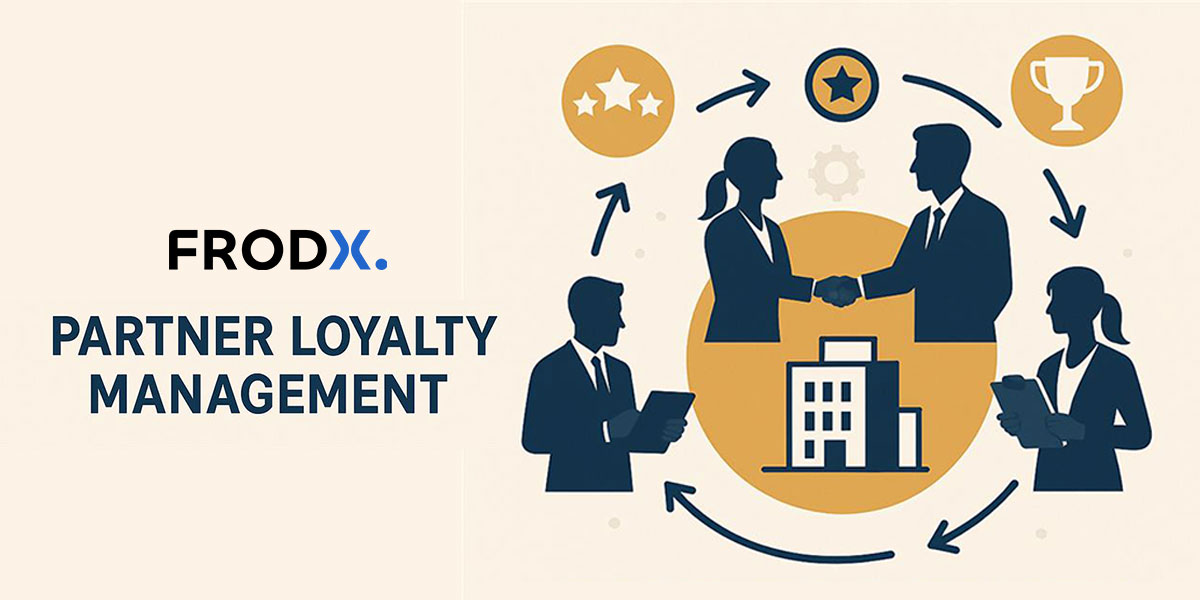Is anyone willing to pay you more than your loyal customers?

I don’t think so.
In continuing our discussion of customer loyalty from last time, I have to admit that I’m most intrigued by the paradox of rewarding loyalty with discounts. I’m not sure what our own clients who have been loyal to FrodX for years will think of this. I hope they will mostly see it as a way for us to help them look at their own customer loyalty programs in a different light.
Insecurity comes at a terrible cost. You pay for it with discounts as a reward for loyalty.
Have you ever wondered why B2C companies almost always think that it’s necessary to reward customer loyalty with discounts, even though the same company may charge its B2B customers a higher price for its services than it offers new customers?
I think the answer to this question lies primarily in the feeling of security that the provider enjoys. Because of frequent contact between B2B providers and customers, or carrying out active account management, companies feel significantly more secure. It seems to them that they know their relationship with an individual customer, or at least the customer’s perception of it. If you know your customer isn’t looking elsewhere, you don’t pay as much attention to your prices. Or at least to defending why your services are worth the price you charge.
If this is true, let’s figure out how we could be more secure in our relationship with a particular consumer (a B2C customer) who doesn’t have an account manager assigned to him who is talking to him on a daily basis and keeping a finger on his pulse. I think there are several answers or approaches available to us. Unfortunately, they’re all necessary, but at the same time none of them is sufficient. 😉
Measuring satisfaction is first and foremost (or above all) measuring commitment.
If we start with the basics, there’s no substitute for measuring satisfaction. Measuring satisfaction, which helps you understand your relationship with an individual customer, isn’t “mystery shopping!” Likewise, it isn’t filling out a long survey once a year, which the customer can’t easily link to a specific event or interaction with you, and you can’t easily link to the customer’s identity.
Measuring satisfaction, which helps you understand your relationship with an individual customer, can only be the constant collection of positive or negative signals at every interaction, and linking these to the conditions in which each individual interaction took place.
Thus, in real time you discover customers who are experiencing their moments of misery and those whom you’ve made happy. I’m not talking about historical memory, but about impulses in real time. During specific interactions. No matter which part of the customer life cycle it happened in: someone who has just become aware of your promotional messages before the buying process and isn’t even your customer yet, or someone who is deep into the after-sales period. With this type of automated tracking of customer impulses at every interaction with you, you will use the parameters of individual events to statistically extract what makes your customers happy and what makes them unhappy.
If you can spare 10 minutes, I can demonstrate this in practice with concrete examples via Zoom or Teams. Book a short meeting with me >
Tracking the customer’s context over an extended period of time also characterizes your relationship with the customer.
Tracking an individual customer’s context is a couple shades more complex, from the perspective of the technology and implementational know-how required. Measuring customer satisfaction in the future will no longer proceed along the lines of greater invasiveness in seeking responses, but more in the direction of anticipating and predicting moments of misery or joy. Because there’s no need to ask a customer if he’s satisfied with the car damage appraisal process if you’ve already denied coverage of that damage for one reason or another.
With a better understanding of the customer’s context, determining customer satisfaction will become less invasive. The only things that will still be measured are aspects that remain unclear. Tracking and managing customer context has always been described as the basis for hyper-personalization and more successful repurchasing persuasion. On the other hand, tracking customer context can also be interpreted as a modern substitute for measuring satisfaction. If we’re able to see or predict this in the long term, we will (better) understand the relationship the customer has with us. If we can just trust the pattern recognition and machine learning technology.
The best indicator of loyalty: paying extra for a premium level of service.
I think that nobody’s willing to pay more than your loyal customers. It seems backwards to me to reward loyalty with discounts. What if we instead offered something more to our most loyal customers than all the others, and also charged them a bit more for this? After all, aren’t they the only ones to whom we have the opportunity to offer better services? Who deserves an exclusive offer if not precisely them? It seems to me that Slovenian companies don’t think about this enough.
How does Amazon take billions of dollars from its loyal customers through subscriptions?
I think Amazon Prime is a good example of this kind of loyalty program. To start out with, they put forward the thesis that Amazon’s loyal customers would be willing to spend $119 on annual membership fees. In exchange for this, they receive free shipping and, in some cases, better delivery terms. Prime also includes unlimited access to Amazon content (movies, TV shows, music, books). I’m sure they calculated that, on average, they would get more from customers who joined Prime than they got from them before. Maybe those paying the membership fees increased their use of the digital content because of the unlimited access, but the bottom line is that Amazon earned more from its customers than it was earning before. Prime was positioned as a club for loyal Amazon customers who deserve more. At least they try to encourage such a perception, although in the background, the idea’s actually just how to identify who the loyal customers are and take more money from them.
Do you pay for VIP memberships to take advantage of special deals?
I’ve experienced similar approaches several times. I feel like membership in budget airlines’ VIP clubs is quite psychologically similar for the customer. For a monthly or annual membership fee you always get the option of priority boarding, more luggage at no extra charge, and the option to choose a seat at no extra charge (although the best seats are always already taken). I’m sure that whoever pays such a membership fee will always make that airline his first choice. He doesn’t compare other airlines’ current prices as much. The pattern is similar to Amazon’s: they take more from their loyal customers than they did before, but these customers have the feeling that they’re getting more in exchange. Because of their membership fees, they are the “top of mind” choice for the customer. What more could providers want than that?
What’s in it for your company?
I think that practically every industry offers some sort of exemplary case that the customers accepted and that proved effective. The hardest part of this is to wrap your head around the fact that “fans” are primarily those who are willing to pay more. In fact, this is actually the best indicator of how someone sees you and how they experience their relationship with you.
%20(1).png)

.png)